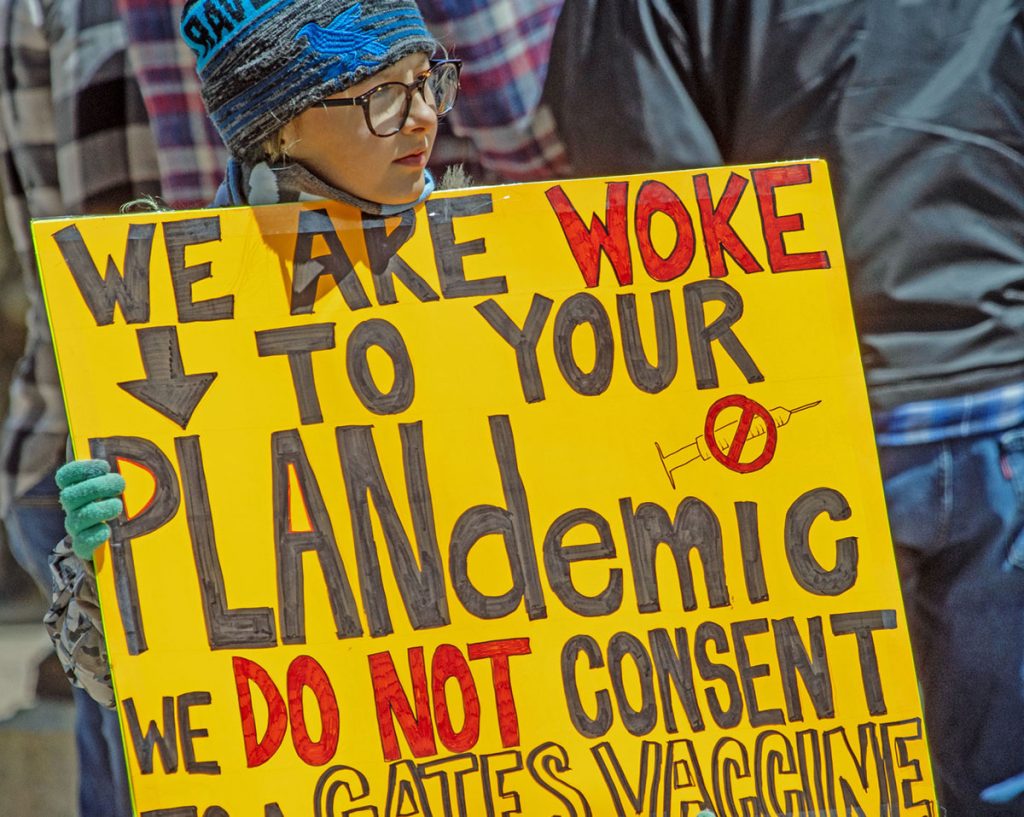Cross-Partisan Conspiracy Theories Like ‘Plandemic’ Have Greatest Viral Potential, Scholars Say
In a world increasingly saturated with information, and misinformation, understanding how conspiracy theories spread is more critical than ever. A new study from the University of Kansas has revealed a startling pattern: Conspiracy theories that transcend traditional partisan lines, often dubbed "cross-partisan" narratives, possess the greatest potential for viral spread. These narratives, exemplified by the "Plandemic" video that gained notoriety during the early stages of the COVID-19 pandemic, captivate wider audiences precisely because they don’t neatly align with existing political divides. This lack of alignment allows them to slip past the usual partisan filters and reach individuals who might otherwise be resistant to conspiracy content.
The research, published in the journal New Media & Society, delves into the mechanisms behind this phenomenon. Traditional conspiracy theories, often rooted in existing partisan distrust, tend to preach to the choir, reinforcing pre-existing beliefs within specific political echo chambers. However, cross-partisan theories exploit a different vulnerability: the human desire for simple explanations in complex times. By presenting a narrative that appears to challenge the established "official" story from both sides of the political spectrum, these theories appeal to a broader audience seeking alternative explanations, regardless of their political leanings. They tap into a sense of shared distrust in institutions and authority figures, uniting individuals across the political divide who might otherwise find little common ground.
The "Plandemic" video serves as a prime example of this cross-partisan appeal. By casting doubt on the origins and handling of the COVID-19 pandemic, it resonated with both those skeptical of government mandates and those suspicious of pharmaceutical companies. It effectively bypassed the usual partisan gatekeepers, finding fertile ground among individuals who felt alienated from mainstream narratives, regardless of their political affiliation. This cross-partisan reach is precisely what makes these theories so dangerous: they can infiltrate diverse communities, sowing distrust and undermining public health efforts or other crucial societal initiatives.
The study’s findings emphasize the importance of understanding the unique characteristics of cross-partisan conspiracy theories. Researchers highlight the need for nuanced communication strategies that address the underlying anxieties and grievances that fuel these narratives. Simply debunking the factual claims often proves ineffective, as these theories are often rooted in emotional responses rather than logical reasoning. Instead, effective counter-messaging should focus on building trust in credible sources of information while acknowledging the legitimate concerns that drive individuals toward conspiratorial thinking. This requires a shift from simply correcting misinformation to addressing the broader social and psychological factors that contribute to its spread.
Moreover, the study underscores the critical role of media literacy in mitigating the spread of these theories. Equipping individuals with the skills to critically evaluate information, identify manipulative tactics, and understand the difference between credible sources and disinformation is paramount. Educational initiatives should focus on fostering critical thinking and encouraging individuals to question the information they encounter, regardless of its source. This includes developing an understanding of the motivations behind different types of information dissemination, including the potential for manipulation and the deliberate spread of misinformation. By fostering a more discerning and critical online environment, we can create a stronger defense against the allure of cross-partisan conspiracy theories.
Ultimately, combating the spread of cross-partisan conspiracy theories requires a multi-faceted approach. It demands a shift from simply debunking false claims to addressing the underlying emotional drivers and societal vulnerabilities that make these narratives so compelling. This includes fostering media literacy, promoting critical thinking, and building trust in credible sources of information. By understanding the unique characteristics of cross-partisan conspiracy theories and the mechanisms through which they spread, we can develop more effective strategies to mitigate their impact and protect the integrity of public discourse. The challenge lies in creating a more resilient information ecosystem, one that is resistant to the seductive simplicity of conspiracy theories and empowers individuals to navigate the complexities of the modern information landscape.


